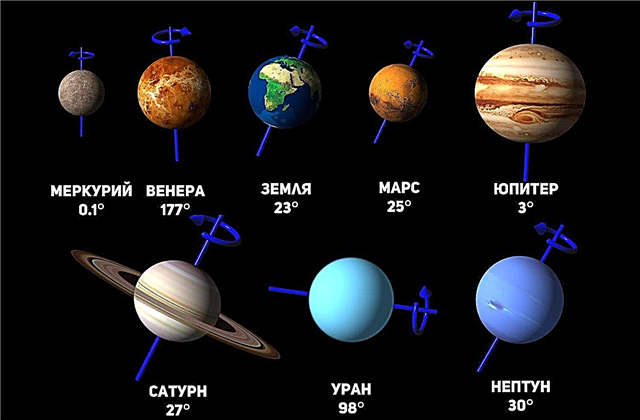
This planet belongs to the gas giants and has the code name HR 5183 b. Its orbit is extremely elongated: it either comes very close to the star, or for a long time moves away from it.
According to the astrophysicist of the California Institute of Technology (USA) Sarah Blunt, a celestial object not only does not look like the planets of the solar system, but also similar objects beyond.
Usually planets moving around stars have a small eccentricity of their orbits. This means that they move smoothly around the mother stars in their circular paths. For example, the eccentricity of the Earth is 0.0167.
The greater the eccentricity of the orbit, the more elongated it is. This feature of HR 5183 b indicates that several factors influenced its evolution.
Professor Andrew Howard and colleagues used data from Lirke Observatory in California, W.M. Keck, located in Hawaii and McDonald, located in Texas. During a long study of the data, scientists collected information about the features of the movement of distant stars for decades. Some objects are so far removed from their sun stars that they make a complete revolution even for centuries.
Just the star HR 5183, located in the constellation Virgo and distant from our planet for 102 light years, is a similar star. It is a yellow dwarf. Planet HR 5183 b undergoes a complete revolution around the star over a period of 45 to 100 Earth years.Moreover, the planet itself is more than three times more massive than Jupiter.
The eccentricity of the giant's orbit is 0.84. This means that the distance from the star varies from about 3 astronomical units to 33. It is difficult to imagine what it would be on Earth: most of the year our sun would be a small star, which would make it unimaginably cold. And every about a month and a half it would seem a huge giant, incinerating all living things. In addition, using a regular watch would be completely impossible.
Exactly the same phenomena occur with giant HR 5183 b. Most of the time he is far from the mother star, and his movement changes all the time. Scientists explain such an impressive eccentricity by the influence of the attractive force of another planet. HR 5183 b has shifted into a very elongated orbit, and another celestial body has "ejected" far beyond the limits of the stellar system.












